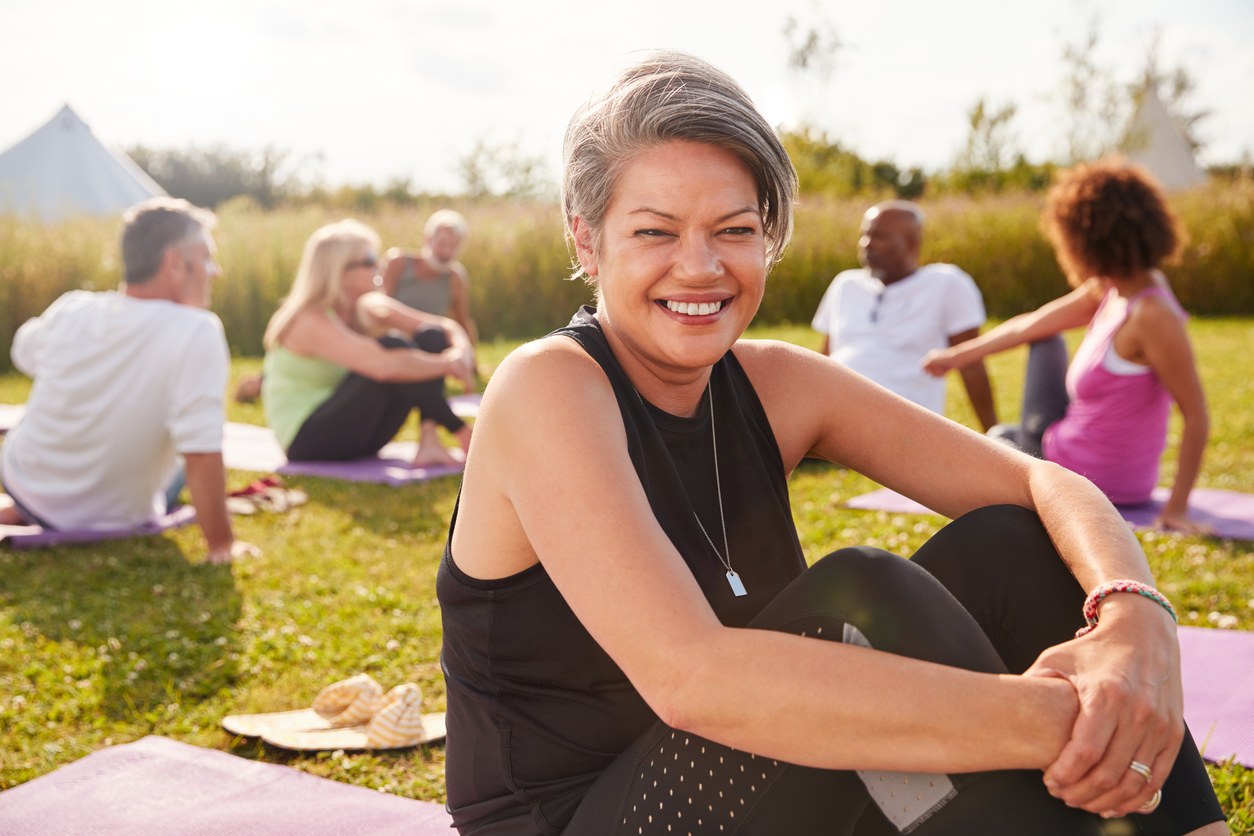Treating Incontinence, Empowering Women
Urinary incontinence (UI) is a significant problem for Australian women. Affecting 1 in 3 women of all ages, this is an issue that needs to be taken seriously. When a woman is not able to control her bladder, it can affect her life profoundly. Women will often stop exercising, withdraw from intimacy, have reduced self-esteem, and avoid engaging in things they enjoy. Shockingly, a large population-based study found that 75% of affected women don’t seek help, and among those who do seek help, only 12% actually ended up receiving care1. Incontinence is highly prevalent but very treatable – and pelvic floor muscle training is the grade A, first line recommended treatment for stress, urge or mixed incontinence2. We know that you know this – but do women know this? It is our job to ensure the message is heard, understood and acted upon.
Incontinence Doesn’t Discriminate
We often assume UI only affects women who have given birth or gone through menopause. Yes, these are the most common patient groups with incontinence, but the prevalence of UI is also high among women who exercise, and nulliparous, young female athletes3, including 80% of elite trampolinists! With the rise of females in community sport, particularly with the popularity of the AFLW, we are hearing more and more about how widespread incontinence and other pelvic floor muscle dysfunctions are in this population.
Incontinence & Exercise Don’t Mix
A study in Norway reported UI was the cause of two out of three women dropping out of exercise4. Although UI itself is not a serious health problem, being sedentary is a known risk factor for many chronic health conditions. If UI is leading to women reducing participation in exercise, then it becomes a more significant health issue.
Many Women Won’t Seek Help
A large population-based study found that 75% of affected women don’t seek help, and among those who do seek help, only 12% actually ended up receiving care1. It is so important that if a woman seeks help for incontinence, they are referred to a continence professional such as a pelvic health physiotherapist or appropriate medical specialist for further evaluation and management. Incontinence is very treatable and can often be cured.
Pelvic Floor Muscle Training For UI: The Evidence
Pelvic floor muscle training is the grade A, first line recommended treatment for female UI (stress, urge, or mixed)2. Pelvic floor muscle training works by improving the strength and function of the pelvic floor muscles and urethral sphincters, and improving support of the urethra and bladder. For patients with overactive bladder, pelvic floor contractions can inhibit detrusor contractions and reduce the urge to void5. For pelvic floor muscle training to be effective, it needs to be individually prescribed by a pelvic health physiotherapist following a detailed pelvic examination, have sufficient intensity, and be progressed over time. Best results are often seen after 4-6 months of supervised training.
Empowering Women
Women with UI are often just told that ‘its normal to leak after having children’ or ‘just wear a pad and learn to live with it’, however this is no longer acceptable. We need to empower women to live their best lives, and for many – improving bladder control can make a big difference. It is important to screen for bladder problems in a standard general health screen, and if women do report dysfunction, refer them for help, as urinary symptoms can often be cured.
References
1 Minassian, V.A., Yan, X., Lichtenfeld, M.J. et al. The iceberg of health care utilization in women with urinary incontinence. Int Urogynecol J 23, 1087–1093 (2012). https://doi.org/10.1007/s00192-012-1743-x
2 Dumoulin C, Adewuyi T, Booth J, Bradley C, Burgio B, Hagen S, et al. Adult con-servative management. In: Abrams P, Cardozo, Wagg A, Wein A, eds.Incontinence.6th Ed. Vol. 2. Committee 1; 2017:1443–1628.
3 Bø, K., Nygaard, I.E. Is Physical Activity Good or Bad for the Female Pelvic Floor? A Narrative Review. Sports Med 50, 471–484 (2020).
4 Brown, W. & Miller, Y. (2001). Too wet to exercise? Leaking urine as a barrier to physical activity in women. Journal of Science and Medicine in Sport, 4(4), 373-378.
5 Bø K (2020) Physiotherapy management of urinary incontinence in females. Journal of Physiotherapy66:147–154
October 2020





